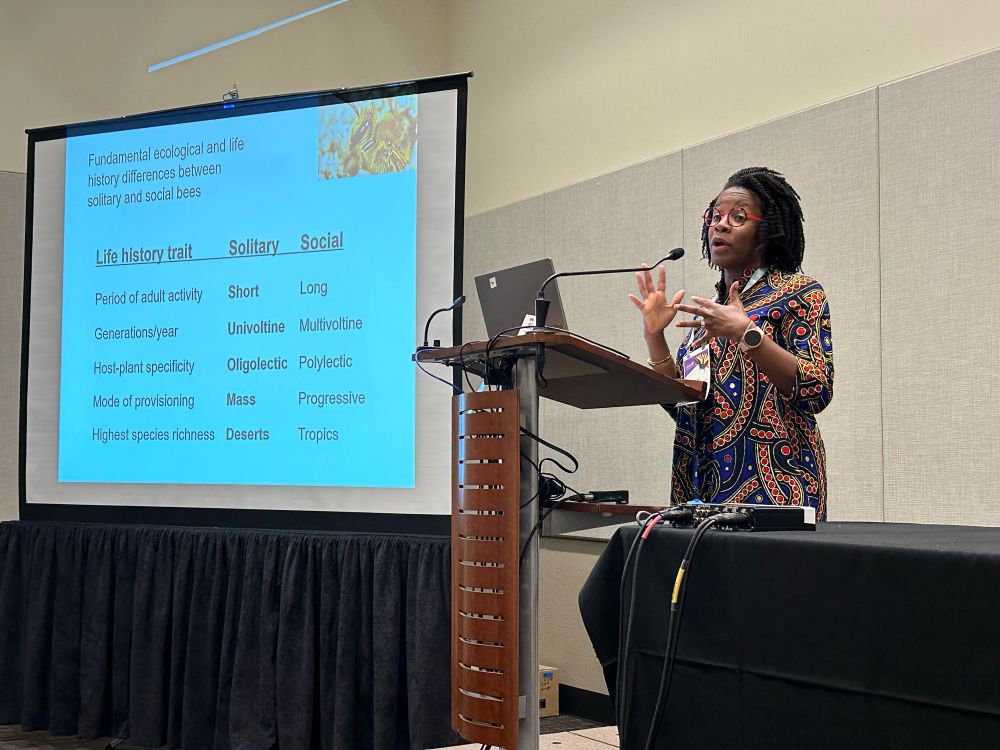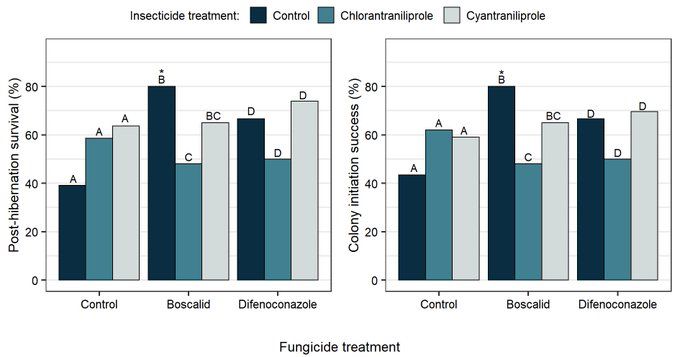


www.cbc.ca/radio/quirks... #Pollinators


www.cbc.ca/radio/quirks... #Pollinators

#Pollinators

#Pollinators












⚠️🐝👑

⚠️🐝👑







#OpenAccess #Pollinators

#OpenAccess #Pollinators


